Why Pugs Make Wonderful Companions?
The Pug dog breed is a favourite among small toy dogs, loved for its playful spirit and puppy-like personality that lasts well into adulthood. Known for being affectionate, adaptable, and highly trainable, Pugs are the ideal choice for owners who appreciate a touch of humour and want a loyal little dog that happily joins them wherever they go.
One of the biggest advantages of owning a Pug is their low exercise needs. Unlike more active breeds, Pugs are content with short daily walks and indoor play, making them a great match for city living or busy households. On the flip side, these charming companions are known for their loud snoring, which some owners find endearing while others see as a challenge.
Many pug owners trust Royal Canin Pug Adult Dry Dog Food, specially formulated to meet the breed’s unique needs. Its kibble shape makes it easier for Pugs to chew, and it contains the right nutrients to support muscle tone and joint health.
The Fascinating History of the Pug Dog : Ancient China to Modern Companions
Ancient Origins of the Pug
The story of the Pug breed begins in ancient China with a small dog known as the Lo-Chiang-Sze (or Lo-Sze). This dog was short-legged, short-mouthed, and had a smooth coat—traits that distinguished it from other royal dogs such as the Pekingese. Many historians now refer to the Lo-Sze as the “ancient Pug.”
During the Song Dynasty, these little dogs were cherished at the imperial court. They were highly valued by Chinese emperors, often living in luxury and even being protected by guards. Their popularity spread beyond China; Buddhist monks in Tibet also kept Pugs as beloved companions in monasteries. This early devotion explains why Pugs are still so affectionate and loyal to their families today.
Arrival in Europe: 16th and 17th Centuries
The Pug made its way to Europe in the 1500s, carried by traders with the Dutch East India Company. By 1572, the breed had already made history when a Pug breed named Pompey reportedly saved the life of the Prince of Orange by alerting him to assassins. This act of loyalty secured the Pug’s place as the official dog of the House of Orange.
When William III and Mary II traveled from the Netherlands to England in 1688, they brought their Pugs with them, further boosting the breed’s reputation among royals. Around this time, Pugs may have been crossed with the old-type King Charles Spaniel, influencing its distinctive features.
In Europe, the Pug became a true symbol of style and prestige. Artist of the Spain, Francisco Goya immortalized them in his paintings. Pugs often rode at the front of carriages in Italy, dressed in miniature outfits to match the coachman. These versatile dogs even served as guard dogs and trackers during military campaigns.
18th to 20th Century Popularity
By the 1700s and 1800s, the Pug had become a favorite across Europe. In 1745, English painter William Hogarth included his beloved Pug, Trump, in a self-portrait that now hangs in London’s Tate Gallery. Pugs also charmed Italy, where every fashionable carriage seemed to include one.
In France, the breed was just as adored. Napoleon’s wife, Joséphine Bonaparte, famously relied on her Pug pups, Fortune, to smuggle messages to her family while she was imprisoned at Les Carmes.
In England, the breed flourished under the royal patronage of Queen Victoria, who personally bred several Pugs with names like Olga, Pedro, Minka, Fatima, and Venus. Queen Victoria’s love of the breed not only set trends in dog ownership but also influenced the creation of the Kennel Club in 1873. Her preference for fawn and apricot Pugs carried on to future generations of the royal family.
Modern Times and the Rise of Retro Pugs
Over the centuries, selective breeding changed the Pug’s appearance. Shorter muzzles, smaller legs, and deeper wrinkles became fashionable, but unfortunately.
Understanding Pug Health: Eye and Respiratory Care
Pugs are beloved for their expressive, dark eyes, which give them that signature charming look. However, these captivating eyes can also be prone to certain health issues. Common eye problems in Pugs include corneal ulcers and dry eye, which can affect their overall comfort and vision. As a flat-faced, or brachycephalic, breed, Pugs may also face breathing challenges and are particularly sensitive to hot, sunny, or humid conditions. Owners should be mindful of these factors to keep their furry companions safe and comfortable.
For those looking for detailed guidance, the Pug Dog Club of America provides extensive resources on Pug health, care, and breed-specific concerns.
Recommended Health Tests for Pugs
To ensure your Pug stays healthy, the following checks are advised by the breed’s national club:
Hip Evaluation – to detect potential hip dysplasia or joint issues.
Eye Examination – conducted by a board-certified ACVO ophthalmologist to prevent or manage eye conditions.
Patellar Luxation Screening – to check for knee joint instability.
Pug Dog Encephalitis (PDE) DNA Test – a genetic test to identify predisposition to this serious condition.
Regular health checkups and preventative care can make a world of difference in your Pug’s quality of life. Always consult with a trusted veterinarian familiar with Pug-specific health concerns.
What to Feed Your Pug!
Maintaining a healthy diet is crucial for Pugs, a breed prone to obesity. Carrying extra weight can increase the risk of breathing difficulties, joint problems, and heatstroke. Ensuring your Pug receives a balanced, nutritious diet is key to their long-term health and happiness.
Choosing the Right Food for Your Pug
To help your Pug maintain an ideal weight, consult your veterinarian about a weight management plan or a calorie-controlled diet. They can recommend AAFCO-approved dog food that meets all your Pug’s nutritional needs, supporting energy levels, muscle health, and overall wellness.
Some Pugs may also have food sensitivities or allergies, which can lead to skin irritation or digestive issues. Your vet might suggest feeding trials or special protein formulas to pinpoint and manage food allergies. Always seek professional advice when selecting the best food for your Pug.
How to Feed Your Pug
Pugs thrive on two to three small meals daily, while puppies may benefit from up to four smaller meals to prevent low blood sugar. Due to their distinctive facial structure, Pugs can have difficulty picking up and chewing certain foods. Choosing kibble designed specifically for their mouth shape can reduce choking risks and improve feeding efficiency.
Some brands offer Pug-specific dog food, formulated to address breed-specific health concerns, such as joint support or digestive sensitivity. Your veterinarian can guide you on the ideal kibble size and type for your dog.
Age-Appropriate Nutrition
It’s essential to feed your Pug dog food that matches their life stage—puppy, adult, or senior. Age-specific diets provide the right balance of proteins, fats, vitamins, and minerals to support growth, maintain health, and keep your Pug active and happy throughout their life.
How to Train and Understand Pug Behavior
Pugs are known for their affectionate nature and playful personalities. Friendly and eager to please, this breed thrives on human interaction and enjoys being close to their owners. Pugs are loving companions, often happiest when cuddling or lounging beside their favourite people.
Pug Behavior and Temperament
Pugs are generally cheerful and easy going dogs. While they can have bursts of energy, most Pugs are calm and content to relax around the house. However, regular exercise is still essential to maintain their health and prevent boredom.
Due to their brachycephalic (short-nosed) features, Pugs can snore and may be prone to overheating during intense activity. Light exercise, such as short walks or gentle games of fetch, is ideal. Several 15–20 minute walks throughout the day provide enough physical activity without overexerting your Pug.
Mental stimulation is just as important as physical activity. Without it, Pugs can become bored, mischievous, or even destructive. Engaging them with toys, training sessions, or interactive play helps keep their minds sharp. Always avoid outdoor play during peak heat hours to protect your Pug from heat stress.
Training Your Pug
Pugs are food-motivated, which makes training easier compared to some other breeds. Use positive reinforcement techniques and keep treats moderate, as their small size means calories can accumulate quickly.
Socialization is a critical part of raising a confident Pug. Introducing your puppy to new people, environments, and other pets during the early months helps them grow into a well-adjusted adult dog. Consult your breeder about initial socialization strategies and continue guidance with your veterinarian to ensure your Pug develops healthy social habits.
Fun Activities for Your Pug
Keeping your puppies, and adult Pug dogs active and engaged doesn’t require strenuous exercise. Some enjoyable activities include:
Obedience training to teach basic commands
Trick training for mental stimulation
Leashed walks around the neighbourhood
Doggy playdates for social interaction
Cuddling on the couch for bonding time
By understanding your Pug’s behaviour and providing the right balance of mental and physical activities, you can ensure your furry friend lives a happy, healthy, and fulfilling life.
Pug Grooming Guide Tips
Even though Pugs have short coats, they are known to shed quite a bit. Regular grooming is essential not only to manage shedding but also to keep your Pug comfortable, healthy, and looking their best. This complete guide covers everything from coat care to dental hygiene to help you care for your Pug like a pro.
Coat Care: Manage Shedding and Keep the Fur Soft
Pugs, whether fawn or black, shed consistently throughout the year. To control shedding and keep their coat soft and shiny, brushing your Pug at least once a week is recommended. Using a soft-bristle brush or grooming mitt can help remove loose hairs while stimulating natural oils in the skin. Regular brushing not only reduces the amount of fur around your home but also keeps your Pug’s coat healthy and vibrant.
Skin Care: Wrinkle Maintenance for Happy Skin
Pugs are famous for their adorable wrinkles, but these folds require consistent care to prevent skin infections. If your Pug mongrel suffers from allergies or sensitive skin, consult your veterinarian for specialized shampoos. You can use a gentle, soothing shampoo to help reduce itchiness, while experts may recommend medicated shampoos for dry, flaky, or greasy skin, or in cases of recurrent skin infections.
Cleaning your Pug’s facial wrinkles daily is just as important as bathing. A damp towel, dog-safe wipes, or vet-recommended products can effectively remove dirt, moisture, and debris from folds. Proper drying is essential to prevent bacterial growth, which can lead to irritation or infection.
Eye Care: Protect Those Iconic Eyes
Pugs breed have large, prominent eyes that make them prone to injuries and eye conditions. Regularly inspect your Pug’s eyes for redness, swelling, discharge, or other abnormalities, and contact your veterinarian immediately if anything seems unusual.
For everyday eye cleaning, gently wipe around the eyes with a warm, damp cloth. Make sure to dry the area afterward, as trapped moisture can encourage bacterial growth. This simple routine keeps your Pug pup eyes bright, clear, and comfortable.
Ear Care: Prevent Infections with Proper Cleaning
Ear infections are common in Pugs canine due to their narrow ear canals and hair growth inside the ears. Regular monitoring and cleaning are essential. Your veterinarian can recommend a dog-safe liquid ear cleanser and advise on the appropriate frequency of cleaning.
Over-cleaning can sometimes lead to trapped moisture and ear infections, so it’s important to follow your vet’s guidance. A clean ear not only prevents discomfort but also keeps your Pug alert and healthy.
Dental Care: A Bright Smile and Healthy Mouth
Dental hygiene is a crucial part of Pug grooming. Brush your Pug’s teeth daily using dog-safe toothpaste and a soft-bristle toothbrush. Regular brushing, combined with professional dental check-ups recommended by your vet, can prevent plaque build-up, bad breath, and more serious dental issues.
Healthy teeth contribute to your Pug’s overall well-being, supporting proper nutrition and preventing systemic health problems related to poor oral hygiene.
Conclusion:
Grooming your Pug doesn’t just keep them looking adorable—it protects their health and enhances their quality of life. By following these simple steps for coat care, wrinkle maintenance, eye and ear care, and dental hygiene, you can ensure your adult Pug dog stays happy, healthy, and full of personality. If you are still confuse about owning a pet, then here is the best dog breed in Pakistan.
At petpawtner.com, we offer high-quality pet grooming supplies and care products to help you provide the best care for your furry friend.
FAQ’s
What is the story of the Pug dog?
Pugs were loved in China as far back as the Song Dynasty (around the 1st and 2nd centuries). Back then, they were called Lo-sze and were considered rare treasures found only in Asia. In the 1500s, Dutch traders brought them to Europe, where they quickly became popular among royal families.
What is the origin of the Pug dog?
The Pug’s history goes back to ancient China, around the 4th century BCE. They were bred to be companions for emperors and wealthy families. Later, Dutch traders introduced the breed to England toward the end of the 1600s, and from there, their popularity spread.
What are three interesting facts about Pugs?
Long ago, Pugs lived with Tibetan monks in monasteries, keeping them company.
Portuguese traders first brought the breed to Holland in the 1500s.
In 1572, a Pug named Pompey saved his royal owner’s life in the Netherlands, making the breed even more famous.
Is the Pug a natural breed?
Yes, Pugs are a purebred breed that started in Asia more than 2,000 years ago. Some people think they’re mixed breeds because of their unique looks, but that’s not the case.
What is the sad truth about Pugs?
Unfortunately, Pugs suffer from a lot of health problems, especially related to breathing and their body shape. Studies show they are almost twice as likely as other dog breeds to develop illnesses or health disorders, which makes their well-being a serious concern.
What do Pugs eat?
Because Pugs are small, they need dog food made for small breeds. This type of food is designed to fit their size and keep them healthy. Some examples are Purina Pro Plan Small Breed.
Are Pugs smart dogs?
Pugs are clever and very sensitive to their owners. However, they can also be a little stubborn, so training them requires patience, consistency, and gentle but firm guidance.
Are Pugs lazy or active?
Pugs usually sleep a lot—around 14 hours a day! They enjoy short walks and some playtime, but because of their low energy and breathing difficulties, they aren’t very active dogs.
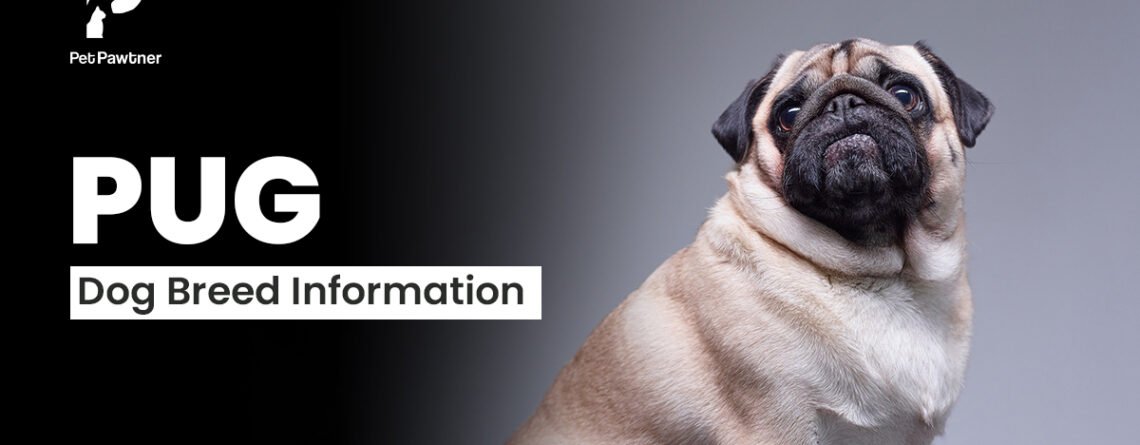

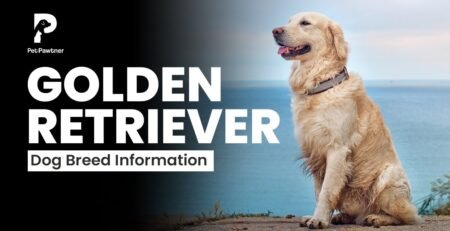
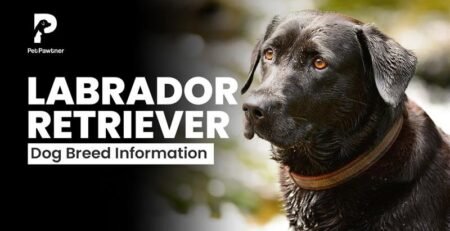
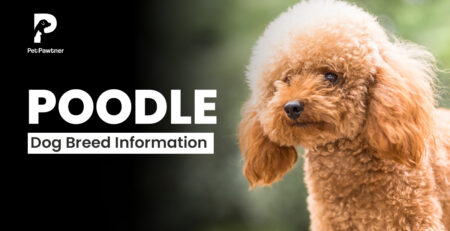
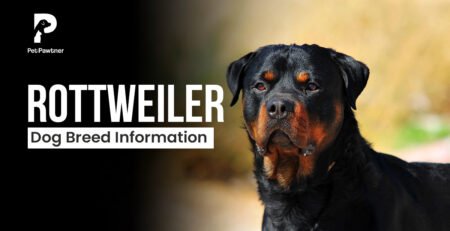
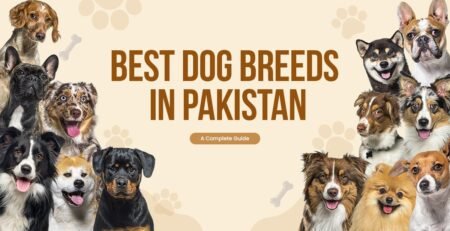


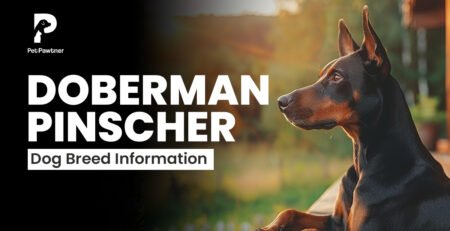
Leave a Reply